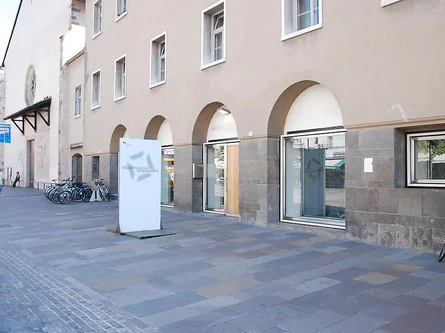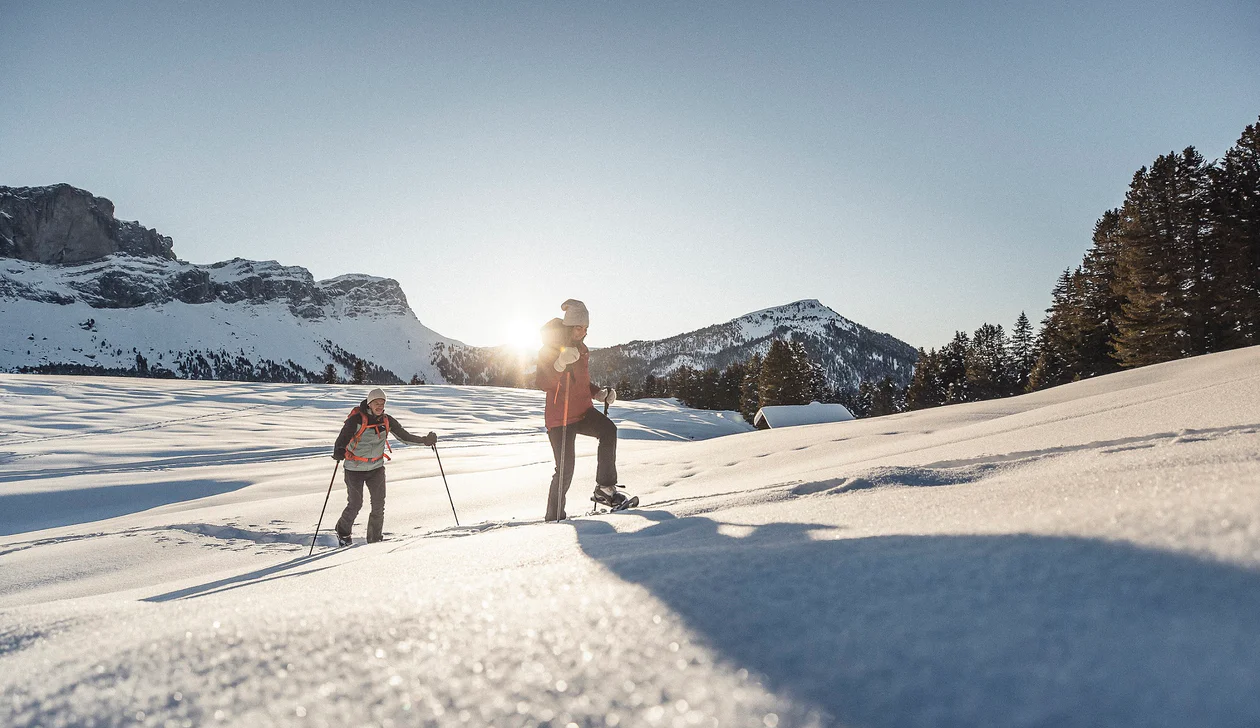Amidst palm trees and promenades, in the heart of Merano, lies a place that brings to life a nearly forgotten chapter of the city’s history: the Jewish Museum and Synagogue. Housed in an elegant Art Nouveau building from 1901, this cultural landmark preserves the memory of a small yet influential Jewish community – one that helped shape Merano’s golden age. When Empress Elisabeth of Austria chose Merano as her spa retreat, the city soon attracted not only aristocrats and artists but also prominent Jewish families from Vienna, Prague, and Budapest. They brought economic vitality, built elegant villas, hotels, and sanatoriums, and became important patrons of art, science, and culture. Many ran thriving businesses tied to the spa industry. The Jewish contribution to Merano’s development is still visible today – for those who look closely, traces remain throughout the city, including at the Jewish cemetery. At the center of this rich legacy stands the Synagogue on Schillerstraße street, still an active house of worship and home to the museum’s moving permanent exhibition. Here, visitors can explore the lives of Jewish families in Merano – their beginnings, achievements, and daily routines, but also the painful chapters of persecution during the Nazi era, the devastation of the community, and the difficult rebuilding after World War II. A special highlight of the Jewish Museum is its collection of original ritual objects: Torah scrolls, Kiddush cups, and Chanukah menorahs offer a deeply personal glimpse into the religious and social traditions photographs, and first-hand accounts make the past tangible in profoundly human terms. The Synagogue also houses one of the few remaining Art Nouveau Torah arks in the world – an architectural rarity of exceptional beauty. For those who pause and listen, the museum speaks in quiet, intimate tones: of people who once strolled along the Passer River, stayed in refined spa hotels, and helped shape Merano’s cultural life. And of those who, even in the face of adversity, preserved their faith, their stories, and their community.
Today, the Jewish Museum is not only a place of remembrance – it is a space of dialogue and cultural exchange. Alongside guided tours, it hosts regular events that bridge the past and the present, inviting reflection and connection. For anyone seeking a deeper understanding of Merano, this quiet and remarkable place is a must. Tucked between the Passer Promenade and the Kurhaus, it reveals a chapter of history as moving as it is essential.
















































































